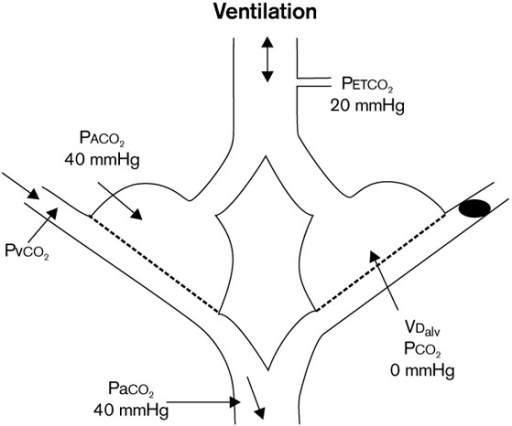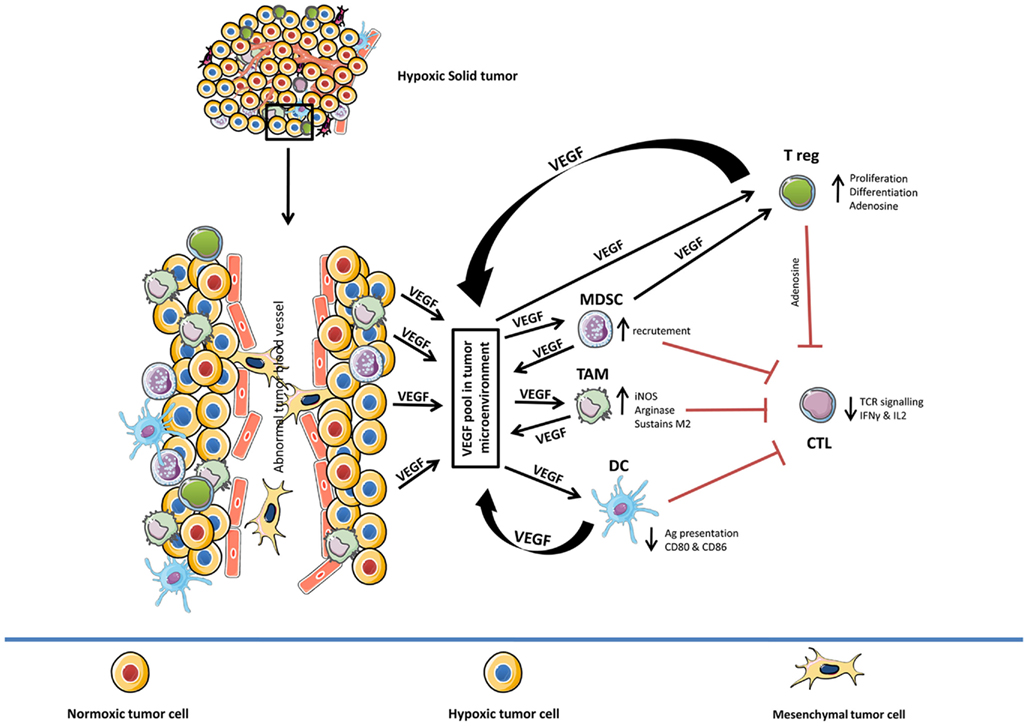

The rate and strength at which the diaphragm contracts, hence the frequency and volume of respiration, depend heavily on the firing pattern of pacemaker cells in the brainstem. The respiratory control system drives respiratory cycles and consists of three components: the central neural respiratory generator, the sensory input system, and the muscular effector system. However, expiration occurs passively when the diaphragm relaxes, owing to the lungs' elastic properties. As a result, intra-pleural pressure decreases, and so does alveolar pressure, forcing the lungs to expand and air to move in. During inspiration, the diaphragm and the external intercostals contract, causing enlargement of the thoracic cavity. Įach respiratory cycle begins with inspiration and ends with expiration. The respiratory center responds in return by changing its firing pattern to alter breathing rhythm and volume.

Central and peripheral chemoreceptors, as well as mechanoreceptors in the lungs, convey neural and sensory input to the brain to help modulate respiratory drive. Neither outcome is desirable therefore, numerous mechanisms exist to match respiration with the continually changing demands. Likewise, if carbon dioxide accumulates without proper disposal, the blood becomes more acidic, and cellular damage ensues, ultimately leading to organ failure. Should, at any point, the available oxygen supply fails to meet the necessary demand, aerobic metabolism ceases, and energy production declines. Įxercise, for instance, increases oxygen consumption and raises carbon dioxide production. In response to a change in blood gases, the pulmonary system adapts by adjusting breathing patterns to help meet the body's metabolic demand. Several mechanisms exist to ensure a rigorous balance between supply and demand. Oxygen is critical for proper metabolism on a cellular level, while carbon dioxide is crucial for achieving adequate PH levels. It helps bring oxygen to the blood and remove carbon dioxide from the body. The primary function of the lungs is to facilitate gas exchange between inspired air and the circulatory system. Breathing is a complex process that relies heavily on the coordinated action of the muscles of respiration and the control center in the brain.


 0 kommentar(er)
0 kommentar(er)
